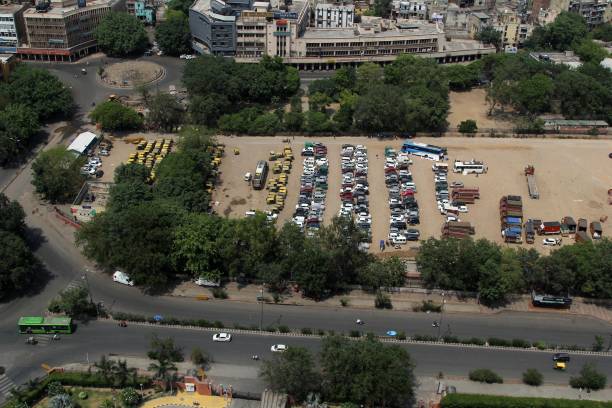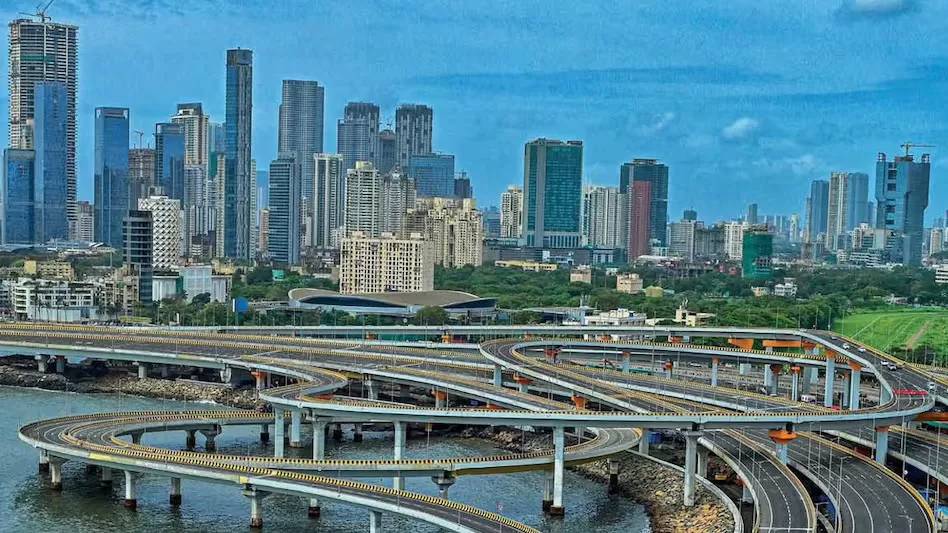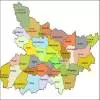
DDA approves ADC norms for areas notified under land pooling policy

Budget 2025-26: Industry reactions
Union Finance Minister, Nirmala Sitharaman announced Budget 2025-26 today. The government has planned a number of strategic initiatives which will drive inclusive growth, boost economic growth and provide an impetus to to India’s competitive edge on the global stage.Here’s what industry has to say about various announcements and initiatives announced in the budget:Real Estate“The Union Budget 2025 is a game-changer, reinforcing India's commitment to inclusive and sustainable urban growth. The SWAMIH Fund 2 with Rs 15,000 crore will accelerate the completion of stalled housing projects, b..

Budget 2025: Key Announcements Impacting Real Estate
Key takeaways for the real estate sector include:• Income tax relief for the middle class: The finance minister announced zero income tax for individuals earning up to Rs 12 lakh annually, providing a major consumption boost. This move is also expected to strengthen demand for affordable housing. Additionally, the new income tax bill will retain nearly 50 per cent of existing provisions while introducing personal tax reforms and rationalising TDS and TCS regimes by streamlining rates and thresholds.• Tax benefits for residential property investors: Investors can now claim nil valuation for..

Rs 1 trn Urban Challenge Fund to Boost Infrastructure
Finance Minister Nirmala Sitharaman announced that the Indian government will establish a Rs 1 trillion Urban Challenge Fund to enhance urban infrastructure. The fund aims to support cities as centres of economic growth by financing up to 25 per cent of bankable projects, with a focus on creative city redevelopment, water, and sanitation initiatives.The Urban Challenge Fund will finance up to 25 per cent of eligible projects, with the remaining 75 per cent to be raised through bonds, bank loans, or public-private partnerships (PPPs). The government has allocated Rs 100 billion for the fiscal y..















